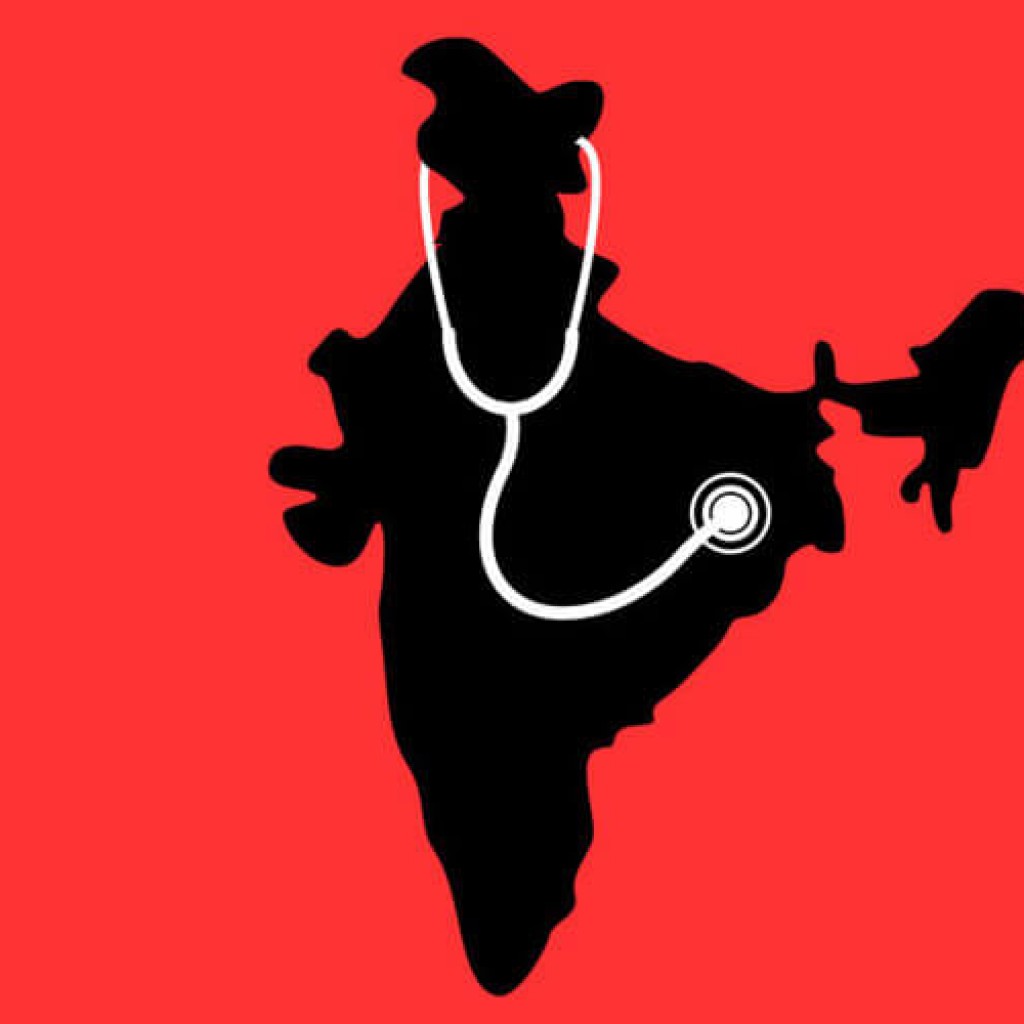India is home to the third-highest number of obese and overweight people

By 2025, India will have over 17 million obese children and stand second among 184 countries where the number of obese children are concerned, says a study published in Paediatric Obesity, an international journal.
On the backdrop of World Obesity day on October 11, experts warned that early prevention was the need of the hour to avoid an entire generation from falling prey to heart ailments, hypertension and diabetic complications.
The study — Planning for the worst: estimates of obesity and comorbidities in school-age children in 2025 — authored by T. Lobstein and R. Jackson-Leach, aimed to assess the scale of the problem with health planners and service providers. Childhood obesity occurs when a child or adolescent is above the average weight for his or her age and height.
The researchers, using data prepared by the Global Burden of Disease collaborative for 2000 and 2013, estimated that by 2025, some 268 million children, aged between five and 17 years, may be overweight, assuming that no policy interventions have proven effective at changing the current trend. China has the largest number of children who are obese. “We have also estimated the likely numbers of children in 2025 with obesity-related comorbidities: impaired glucose tolerance (12 million), type 2 diabetes (4 million), hypertension (27 million) and hepatic steatosis (38 million). A supplement table provides estimates for each of 184 nations,” said the researchers, discussing the findings.
Commenting on the study, Dr Ramen Goel, director, Centre for Bariatric and Metabolic surgery at Wockhardt Hospital, said that the two polarised conditions faced by children in India are malnourishment and obesity and this shows the economic and health divide. “Even obese children have malnutrition but that is of a different kind and parents or peers don’t understand it. While the government is focusing on malnourishment, this here, is an equally important problem because it will lead to an entire generation suffering from multiple complications in their early twenties,” he said.
Sighting the increase in the number of patients coming to him for survival interventions, he blamed a combination of multiple factors, leading to obesity and overweight issues. “95% of the patients we see have minimal field activity, unmonitored calorie intake, sleep deprivation and they fall prey to the brands, promising low fat food. Ironically, most of the low fat brands sell enough calories as compared to their normal variants,” said Goel.
While the research paper has listed global overweight prevalence for children aged 5–17 years rising from 13.9% in 2010 to 15.8% in 2025. On the assumptions of continued population growth given by the World Bank, this translates to a rise from some 219 million children in this age group in 2010 to 268 million children in 2025. “ Obesity alone rises from 76 million children (4.8%) in 2010 to 91 million (5.4%) by 2025,” the report reads.
Dr. Muffazal Lakdawala, chairman of Institute of Minimal Invasive Surgical Sciences and Research Center at Saifee Hospital said that increasing number of paediatric patients are seeking surgical intervention in recent times to overtake obesity or overweight issues. “We absolutely avoid operating on such patients and only do it as a last resort if the child is about 120-159kg and is about 15 years of age,” said Lakdawala.
He added that schools can play a vital role as a major prevention tool to control an epidemic which will strike in next five to ten years to the most productive generation of the country. “Most schools sell pizzas and cold drinks in their canteens and nobody is talking about the health implications. While the government is focusing on the mid-day meal programs for malnourished children, to save the generation, the officials need to also look at these malnutritioned children from upper classes,” said Lakdawala. He added that similar to the Clean India movement, only a healthy India movement can stress on prevention rather than cure.
Doctors across the city said that they see a substantial increase in the number of patients in the out patient ward, which had increased over seven times in past two to three years. “Earlier, we used to see one patient a week complaining about obesity or overweight issues, now we see at least two patients every day. Majority of them belong to the upper middle class and middle class,” said Dr. Fazal Nabi, consultant paediatrician and intensivist at Jaslok Hospital & Research Centre. He advised mothers to stress on breastfeeding till the age of two years so that the child gets the complete nutritional base for a healthy upbringing. “Mothers need to follow the global standards of breastfeeding, at the same time, the stress on nutritional solid intake is equally important from the age of six months as a strong preventive measure,” he said.










